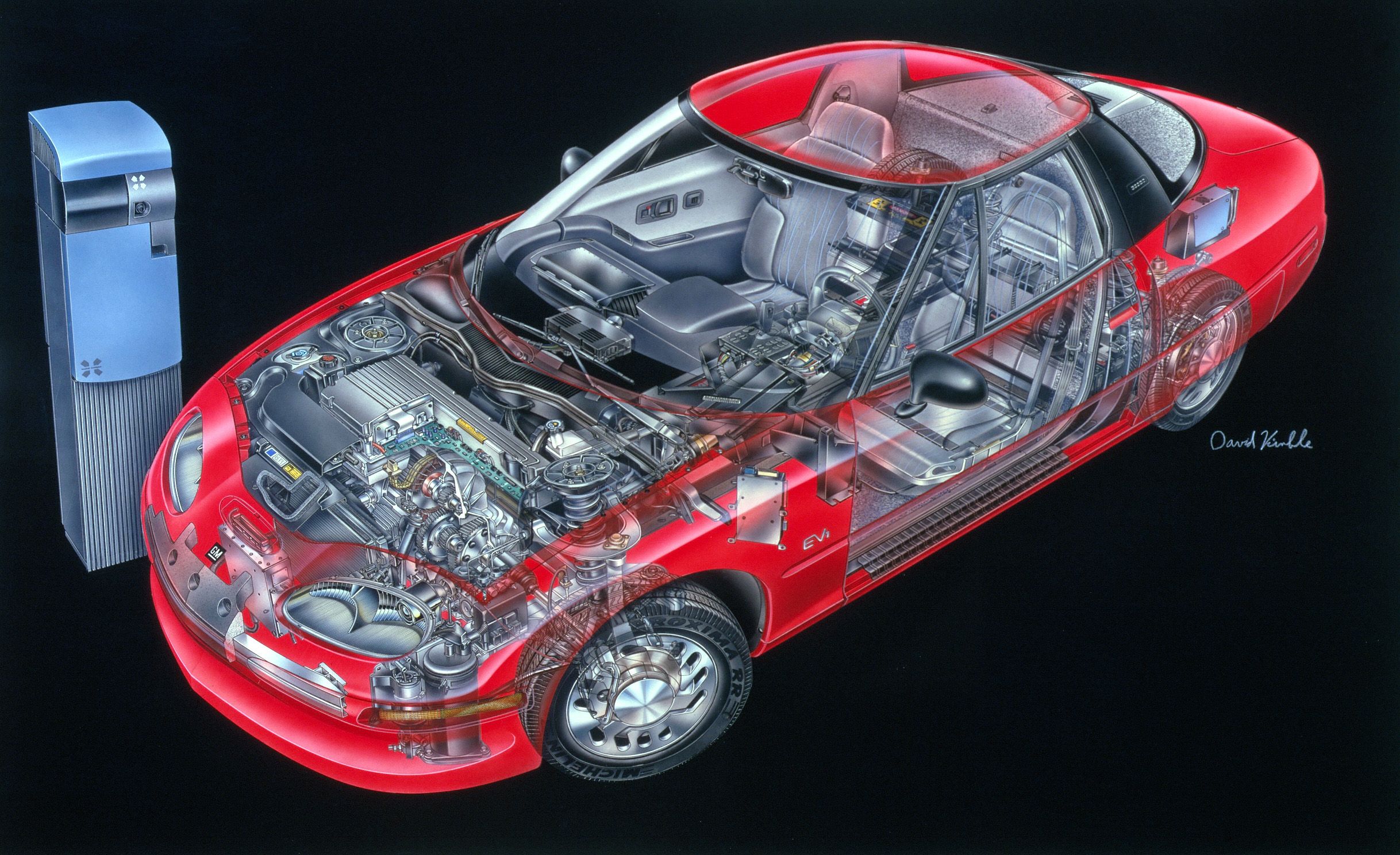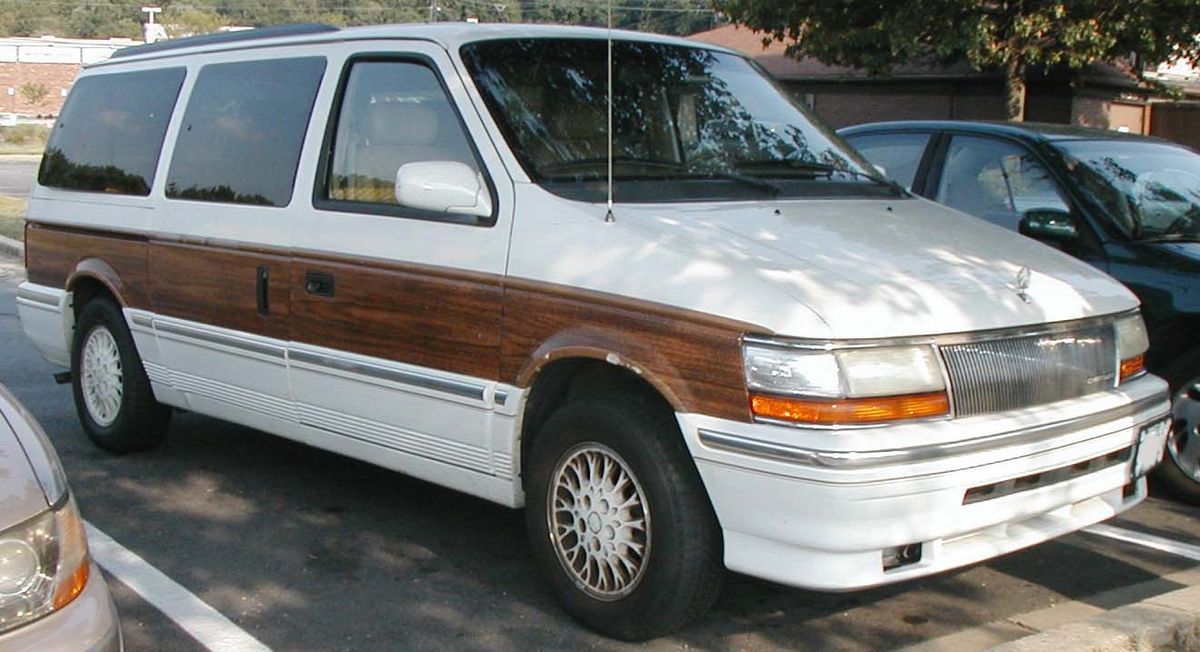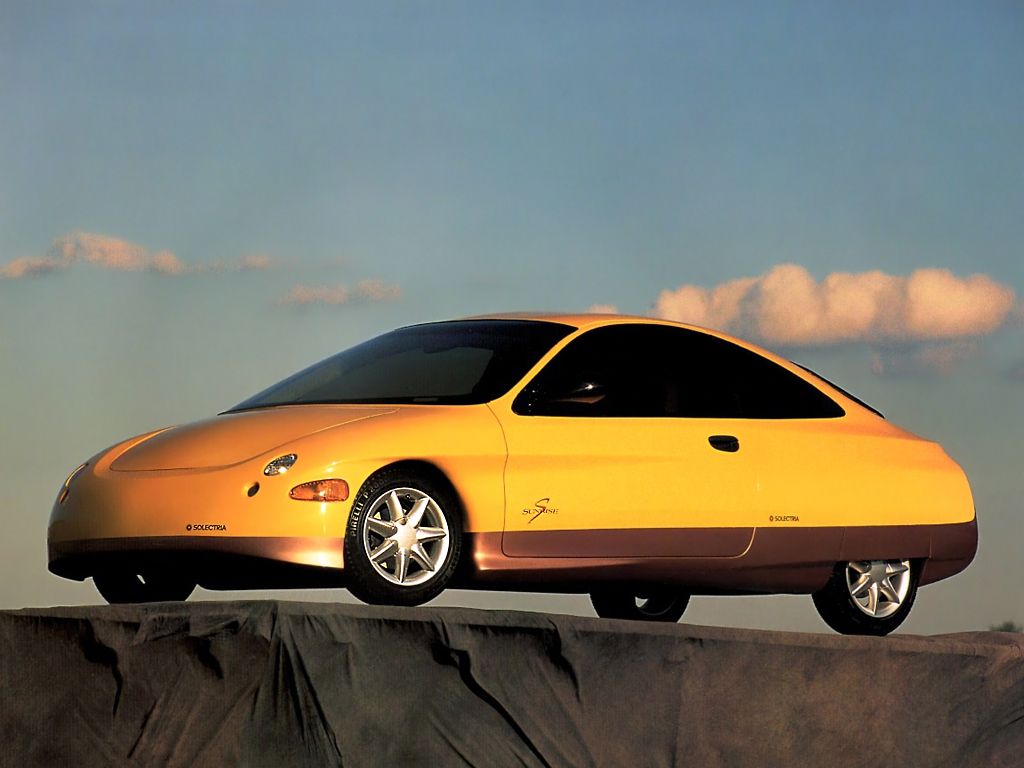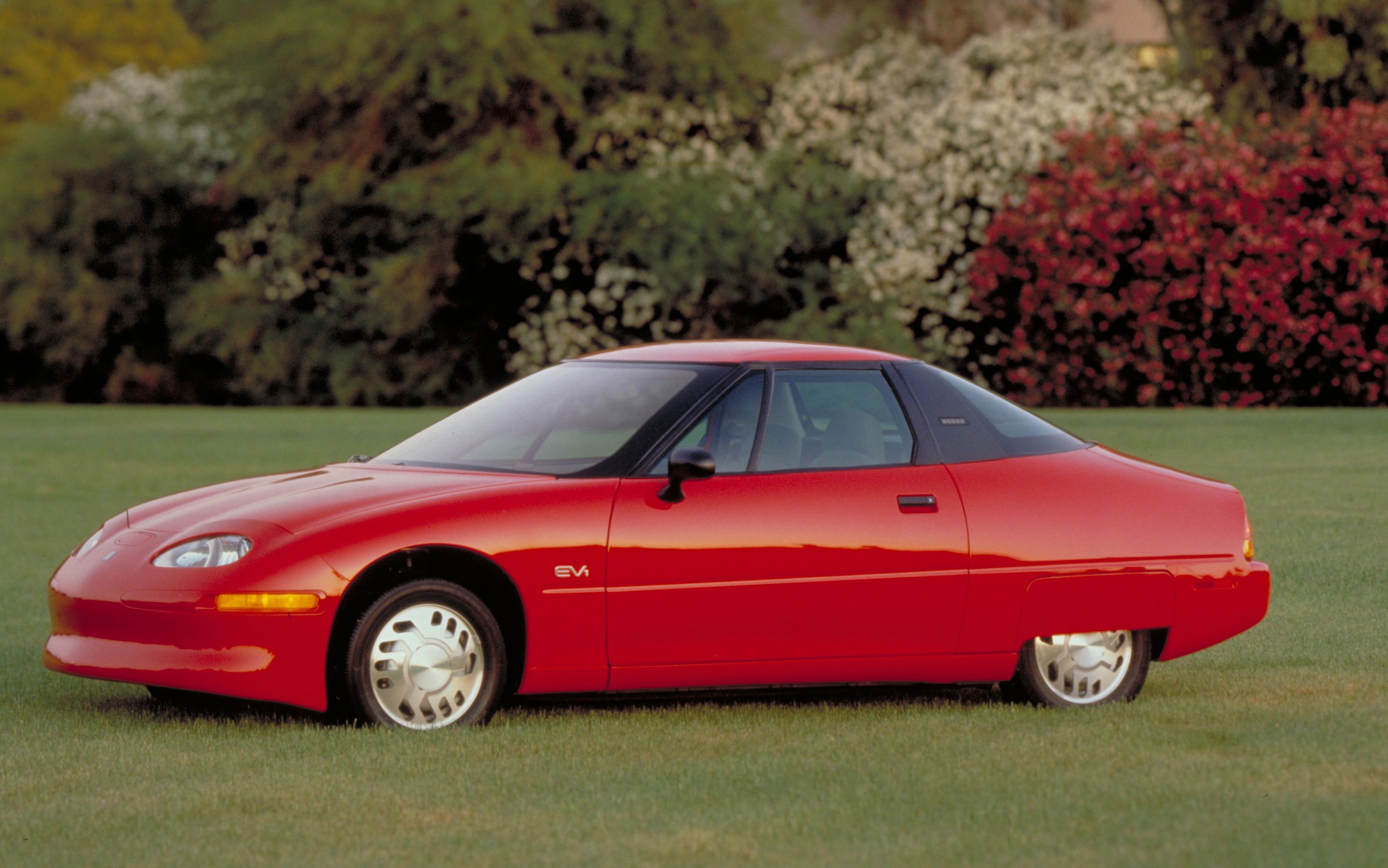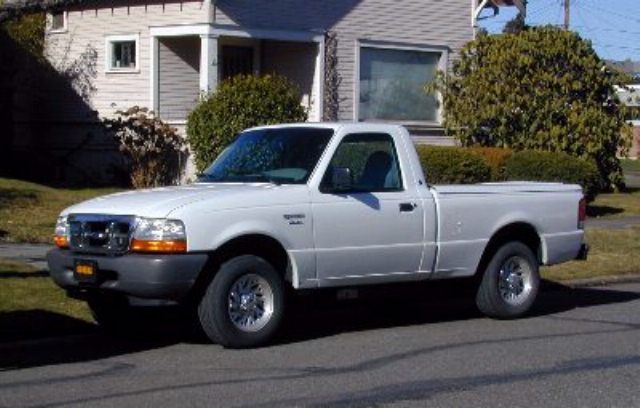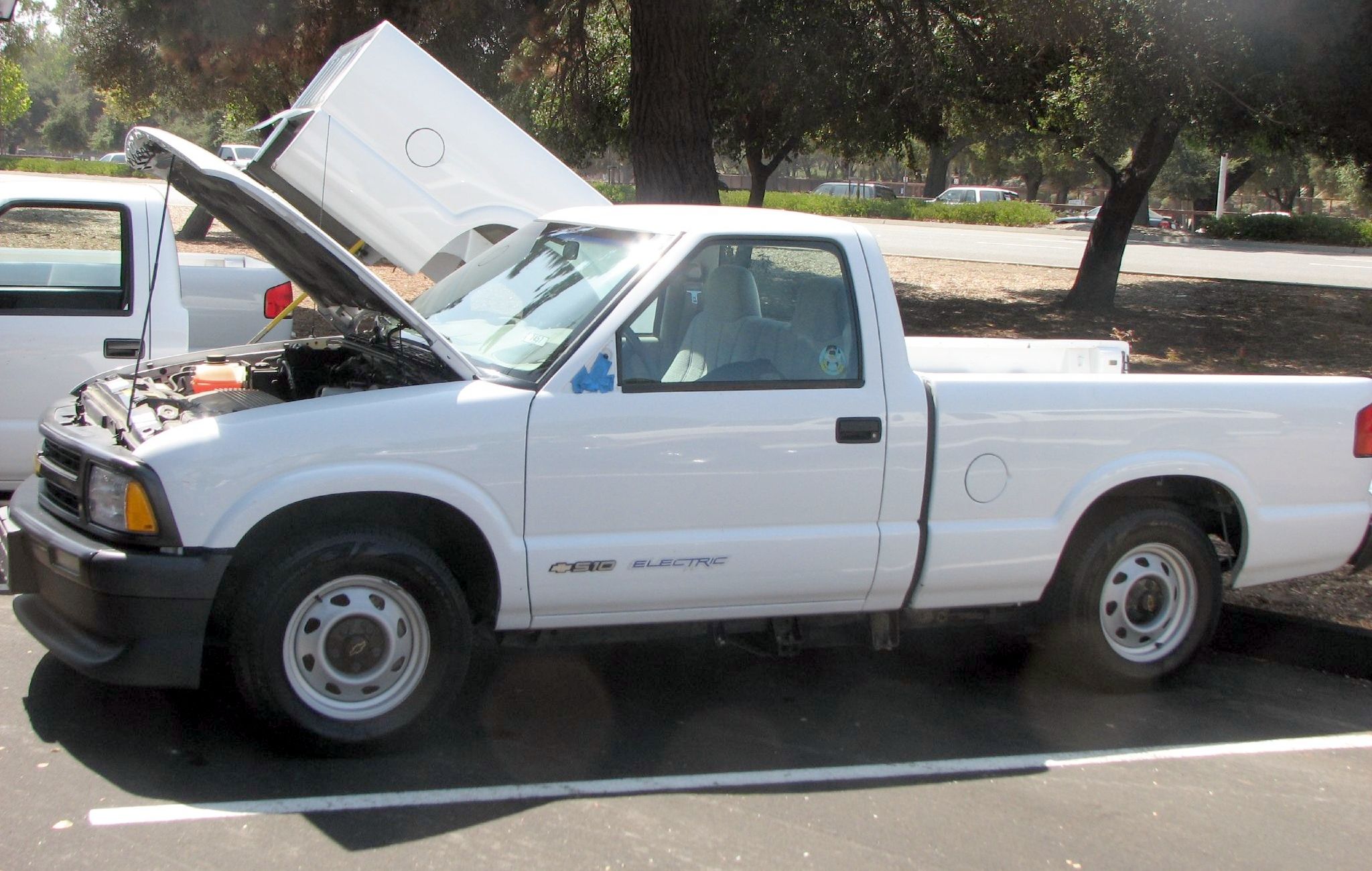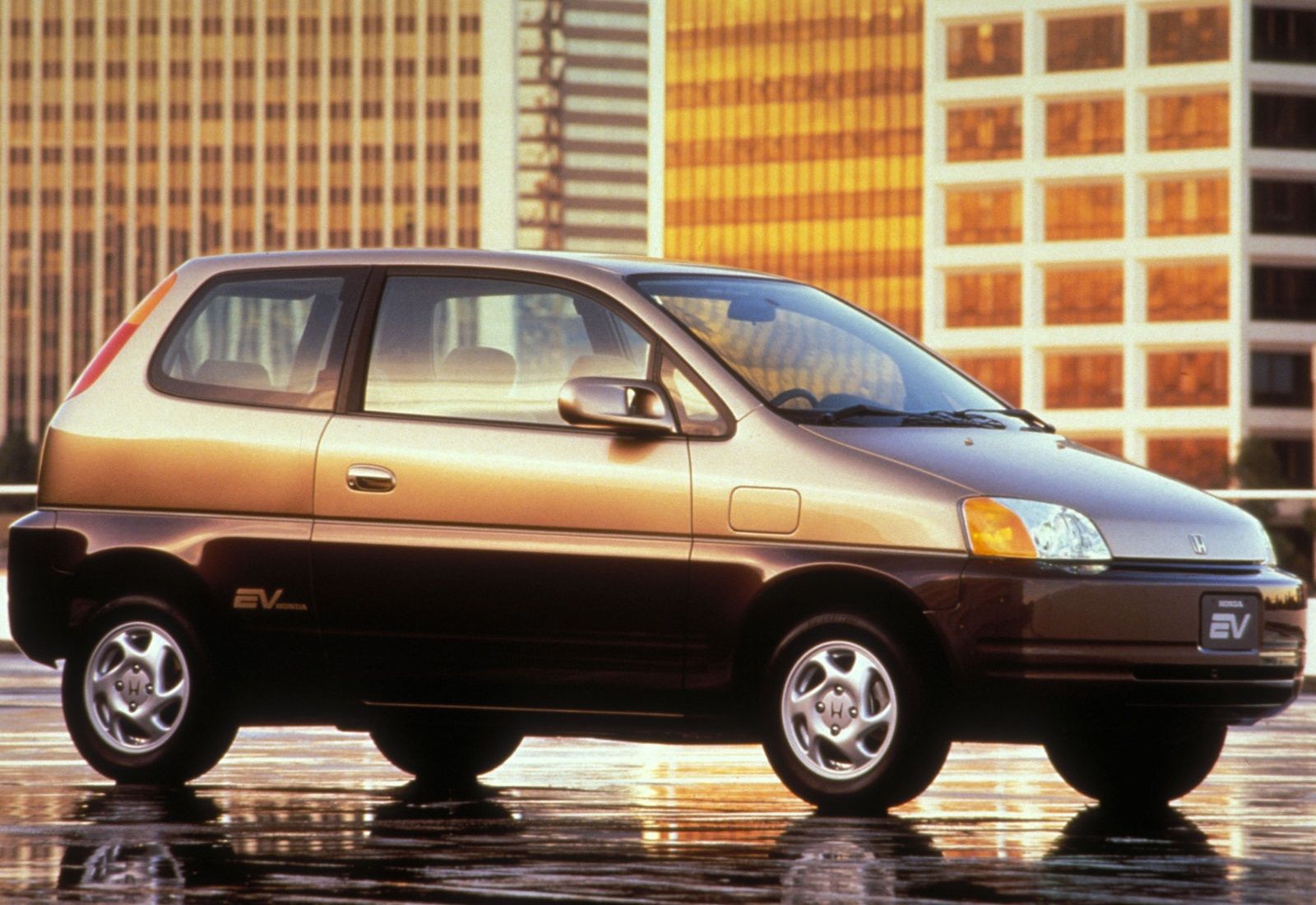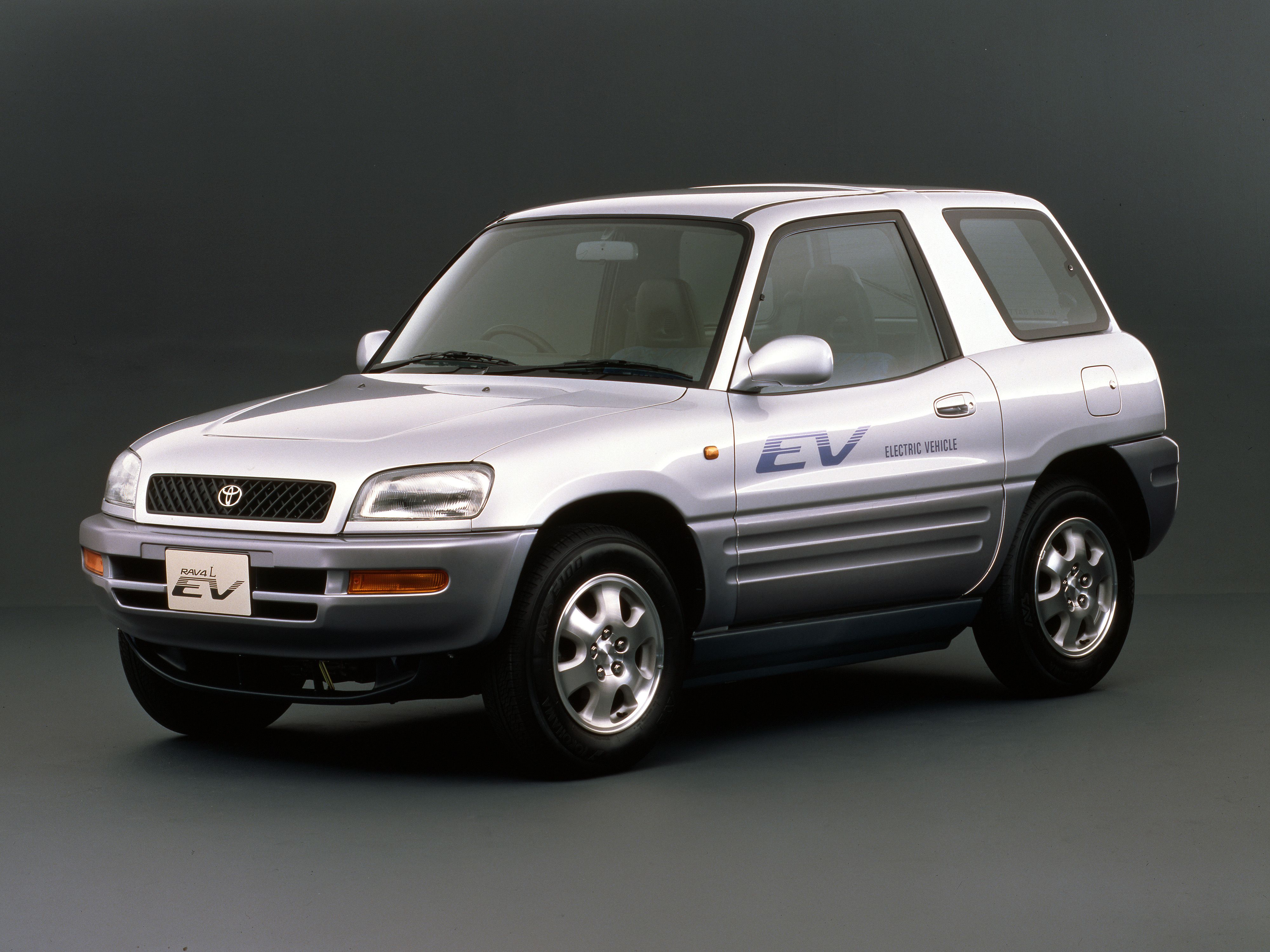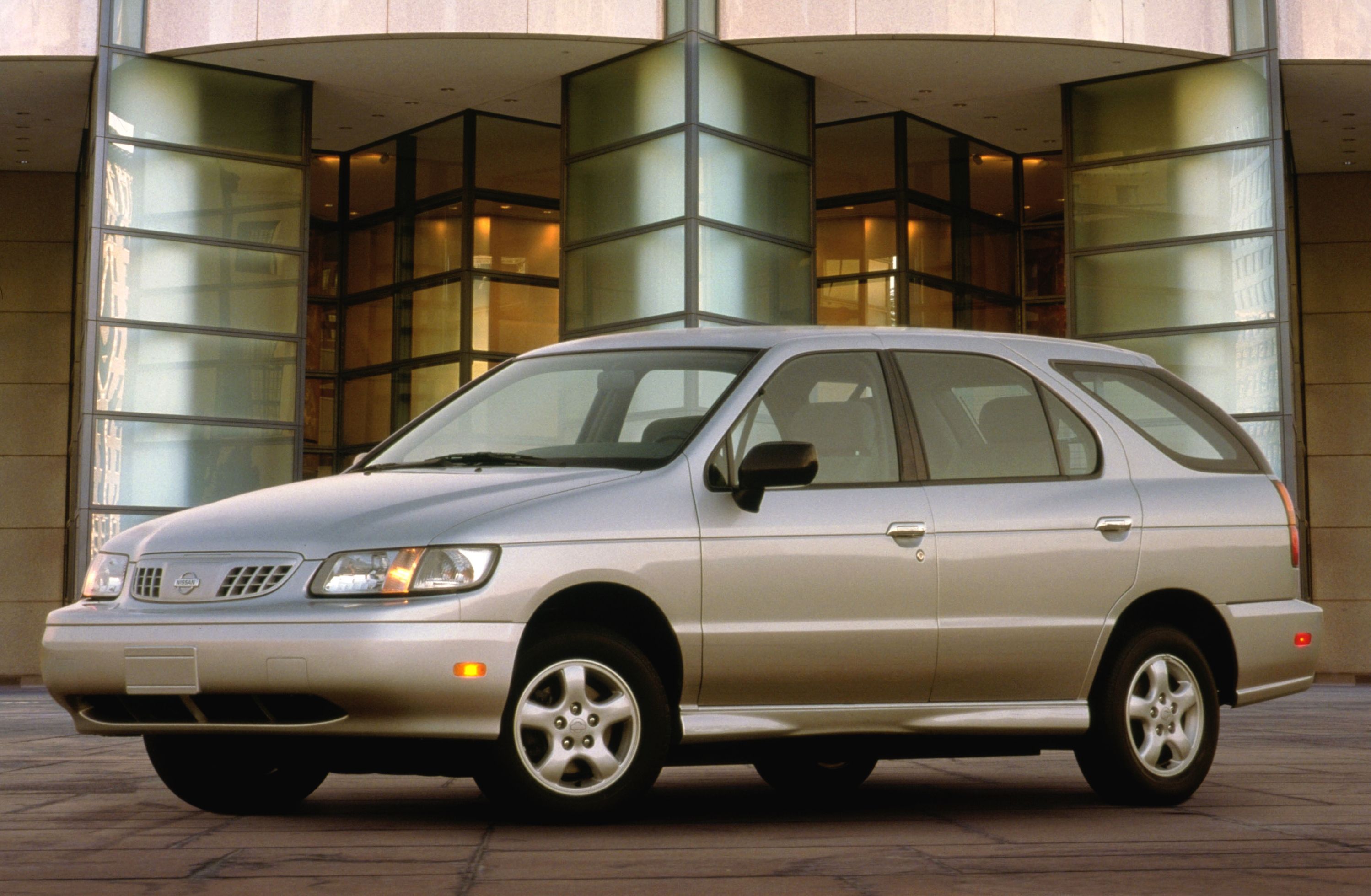As of 2020, there are around 50 different electric cars available on the market, with more than half of them built by mainstream automakers, including Audi, BMW, Hyundai, Kia, Mercedes-Benz, Renault, Tesla, and Volkswagen. And that's a massive number compared to the early 2010s when only a handful of EVs were available. If we roll back to the 1990s, when only a handful of companies were working on EVs, we can see that the electric car market has evolved at an impressive rate in less than three decades. But who took the world's request to create green cars seriously and built working battery-powered vehicles in the 1990s? Let's find out in the list below.
Chrysler TEVan (1993-1995)
Chrysler TEVan (1993-1995) specifications
|
Output: |
65 horsepower |
|---|---|
|
Batteries: |
nickel-cadmium |
|
Range: |
60 miles |
|
Units produced: |
56 |
Solectria Force (1995-1997)
Remember how Tesla created the first-generation Roadster by dropping electric motors and batteries in Lotus Elise bodies? Well, it wasn't the first company to do this.
Solectria Force (1995-1997) specifications
|
Output: |
unknown |
|---|---|
|
Batteries: |
lead-acid / lithium-polymer |
|
Range: |
80 miles |
|
Units produced: |
400 |
Solectria Sunrise (1996)
The Force wasn't the only electric car built by Solectria. In 1996, the company began testing the Sunrise.
Solectria Sunrise (1996) specifications
|
Output: |
68 horsepower |
|---|---|
|
Batteries: |
nickel-metal hydride |
|
Range: |
200+ miles |
|
Units produced: |
several prototypes |
General Motors EV1 (1996-1999)
GM built 1,117 EV1s through, and most of them were leased to customers. However, the company decided to cancel the program and remove the cars from the road due to low public interest and high maintenance costs. Most cars were destroyed by GM, but some were donated to universities and engineering schools with deactivated drivetrains. A few EV1s are still believed to be in private hands. Director Francis Ford Coppola is known to have one and showcased it on "Jay Leno's Garage."
General Motors EV1 (1996-1999) specifications
|
Output: |
137 horsepower |
|---|---|
|
Batteries: |
lead-acid / nickel-metal hydride |
|
Range: |
up to 140 miles |
|
Units produced: |
1,117 |
Ford Ranger EV (1997-2002)
Ford is in the process of rolling out electric trucks in 2020, but it actually produced such a hauler back in 1997.
Ford Ranger EV (1997-2002) specifications
|
Output: |
90 horsepower |
|---|---|
|
Batteries: |
lead-acid / nickel-metal hydride |
|
Range: |
up to 115 miles |
|
Units produced: |
1,500 |
Chevrolet S-10 Electric (1997-1998)
Chevrolet S-10 Electric (1997-1998) specifications
|
Output: |
114 horsepower |
|---|---|
|
Batteries: |
lead-acid / nickel-metal hydride |
|
Range: |
up to 100 miles |
|
Units produced: |
492 |
Honda EV Plus (1997-1999)
Honda also joined the EV market in 1997, but with a subcompact car called the EV Plus.
Honda EV Plus (1997-1999) specifications
|
Output: |
66 horsepower |
|---|---|
|
Batteries: |
nickel-metal hydride |
|
Range: |
up to 105 miles |
|
Units produced: |
340 |
Toyota RAV4 EV (1997-2003)
Granted, the RAV4 EV is far from anonymous, but this crossover became known when Toyota produced the second generation from 2012 to 2014.
Toyota RAV4 EV (1997-2003) specifications
|
Output: |
67 horsepower |
|---|---|
|
Batteries: |
nickel-metal hydride |
|
Range: |
up to 95 miles |
|
Units produced: |
around 1,500 |
Nissan Altra (1998-2002)
Introduced in 1998, the Nissan Altra was based on the R'nessa, a station wagon that Nissan sold mostly in Asia.
Nissan Altra (1998-2002) specifications
|
Output: |
84 horsepower |
|---|---|
|
Batteries: |
lithium-ion |
|
Range: |
up to 120 miles |
|
Units produced: |
around 200 |
Q&A
FAQ
Q: What was the first mass-produced electric car?
The Chrysler TEVan is considered the first mass-produced electric from the US The TEVan was sold to fleet companies and was notably more expensive than regular cars.
Q: What batteries were used in early electric cars?
Most early EVs featured lead-acid batteries, but automakers began to adopt nickel-metal hydride technology toward the end of the 1990s.
Q: When was the General Motors EV1 produced?
The first mass-produced electric car from a major automaker, the EV1 was produced from 1996 to 1999. General Motors built and leased more than 1,000 cars.
Q: What happened to the General Motors EV1?
The EV1 was discontinued due to low public interest in electric cars, high production costs, and high costs of maintaining a parts supply and service infrastructure. Most models were recalled and scrapped, but a few examples are said to remain in private ownership
Q: Which company first used lithium-ion batteries?
Nissan was the first automaker to use lithium-ion batteries. The technology debuted in the Altra station wagon in 1998.

